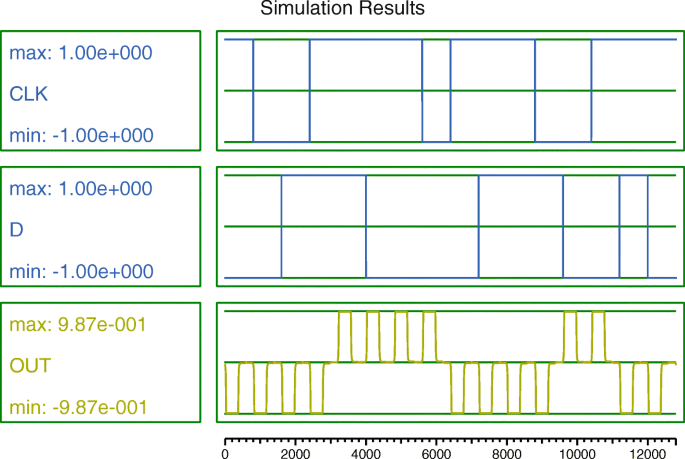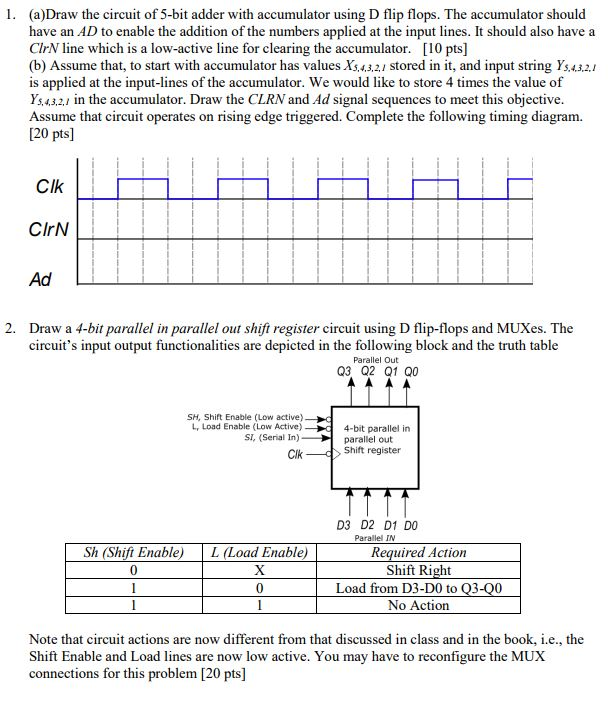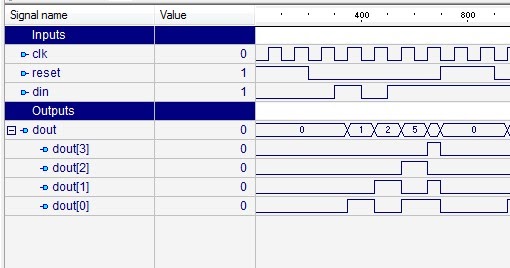

These Registers shifts the data in the right direction.

the data transmitted is one bit at a time in either left or right direction. SISO mode accepts data serially under clock control i.e. Parallel In – Parallel Out (PIPO) Mode Serial in – Serial Out (SISO) Mode.There are four basic modes of operation based on the movement of data in the Registers and they are: 1 – Schematic Diagram of Shift Register Modes of Operation of Shift Registers 1 below shows the schematic diagram of Shift Register.įig. They are basically configured using Flip-Flops in sequence where the output of one Flip-Flop becomes input to the other.įlip-Flops make an ideal choice in designing them as they are edge- triggered devices and can retain output state.

Shift Registers are basically a type of sequential logic circuit used to “store” and “shift”/ “transfer” data bits either in serial or parallel or a combination of both serial and parallel. This post provides a detailed explanation about Shift Registers, its modes of operation, types, working principle, applications, advantages and disadvantages. Serial ADCs are discussed at the end of this section.Shift Registers which are designed using Flip-Flops are the devices that stores and transfers the data bits. In parallel ADC, we have 8 or more pins dedicated to bringing out the binary data, but in serial ADC we have only one pin for data out. The ADC chips are either parallel or serial. Conversion time is defined as the time it takes the ADC to convert the analog input to a digital (binary) number. In addition to resolution, conversion time is another major factor in judging an ADC. In this chapter we examine several 8-bit ADC chips. The higher-resolution ADC provides a smaller step size, where step size is the smallest change that can be discerned by an ADC. An ADC has n-bit resolution where n can be 8, 10, 12, 16 or even 24 bits.

Therefore, we need an analog-to-digital converter to translate the analog signals to digital numbers so that the microcontroller can read and process them. Sensors for temperature, velocity, pressure, light, and many other natural quantities produce an output that is voltage (or current). Transducers are also referred to as sensors. A physical quantity is converted to electrical (voltage, current) signals using a device called a transducer. Temperature, pressure (wind or liquid), humidity, and velocity are a few examples of physical quantities that we deal with every day. Digital computers use binary (discrete) values, but in the physical world everything is analog (continuous). Analog-to-digital converters are among the most widely used devices for data acquisition.


 0 kommentar(er)
0 kommentar(er)
